Kitchen Planning: How Do I Choose an Extractor Fan?
The latest, design-led extractor hoods are a breath of fresh air that will ensure a clean and pleasant living space
With the increasing popularity of open-plan kitchen, dining and living rooms, excellent extraction is more important than ever for creating a pleasant environment in which to cook, dine and relax – soft furnishings, lounging and socialising just don’t go with the smell of frying.
There are, of course, a number of key practicalities to consider when shopping around for the best extractor for your space, such as the power of your preferred model, whether you opt for a ducted-out or recirculation design (more of which shortly), how noisy it is and where it will be located. But equally important, especially in an entertaining and living space, is how your extractor fan looks.
Luckily, there are plenty of choices to suit any interior, from unobtrusive, ceiling-mounted models to eye-catching pendant extractors and super-practical downdraft designs, so there’s no need to sacrifice style for function.
Professional advice from:
Roberto De Marco of Kitchen Republic
Peter Allatt of Elica UK
There are, of course, a number of key practicalities to consider when shopping around for the best extractor for your space, such as the power of your preferred model, whether you opt for a ducted-out or recirculation design (more of which shortly), how noisy it is and where it will be located. But equally important, especially in an entertaining and living space, is how your extractor fan looks.
Luckily, there are plenty of choices to suit any interior, from unobtrusive, ceiling-mounted models to eye-catching pendant extractors and super-practical downdraft designs, so there’s no need to sacrifice style for function.
Professional advice from:
Roberto De Marco of Kitchen Republic
Peter Allatt of Elica UK
Choose your extraction method
Decision number one will be whether to go for a ducted-out or recirculation extractor, as this will determine where you can – or can’t – position it. ‘Ducted extractors pass the air through ducting and remove it completely from the building,’ explains Roberto. So you’ll need access to an exterior wall or similar. ‘This effective method of extraction tackles smoke and odours well.’
A recirculation extractor works by taking the air and passing it through a filter before it exhausts that air back into the room, rather than expelling it outdoors. The filter needs to be changed every few months.
Though this may be less effective than a ducted-out model, there are advantages. ‘You don’t need to plan for ducting,’ explains Roberto, ‘and you’re often able to place an extractor in a traditionally unsuitable location.’ If you live in a flat, say, this might be your only option. ‘They are also quick and easy to install, making them a cost-effective option,’ he adds.
Many hood styles can be configured to either recirculation or ducted-out extraction. Talk to your kitchen fitter about the options and limitations for each within your proposed design.
Decision number one will be whether to go for a ducted-out or recirculation extractor, as this will determine where you can – or can’t – position it. ‘Ducted extractors pass the air through ducting and remove it completely from the building,’ explains Roberto. So you’ll need access to an exterior wall or similar. ‘This effective method of extraction tackles smoke and odours well.’
A recirculation extractor works by taking the air and passing it through a filter before it exhausts that air back into the room, rather than expelling it outdoors. The filter needs to be changed every few months.
Though this may be less effective than a ducted-out model, there are advantages. ‘You don’t need to plan for ducting,’ explains Roberto, ‘and you’re often able to place an extractor in a traditionally unsuitable location.’ If you live in a flat, say, this might be your only option. ‘They are also quick and easy to install, making them a cost-effective option,’ he adds.
Many hood styles can be configured to either recirculation or ducted-out extraction. Talk to your kitchen fitter about the options and limitations for each within your proposed design.
Silence is golden
Another major consideration when purchasing an extractor is noise. ‘All models come with a dB (decibel) rating, which refers to the noise level associated with the particular hood,’ explains Peter Allatt. ‘The faster the speed, the noisier the hood will be, though higher-end models do tend to be quieter across all power levels.’
Another major consideration when purchasing an extractor is noise. ‘All models come with a dB (decibel) rating, which refers to the noise level associated with the particular hood,’ explains Peter Allatt. ‘The faster the speed, the noisier the hood will be, though higher-end models do tend to be quieter across all power levels.’
Calculate the perfect capacity
Traditionally, the volume of the kitchen (length x width x height) is multiplied by 10 – the approximate number of air changes required per hour – to calculate what capacity extractor you should buy.
‘It’s also important to take into account the type of cooking you’re likely to be doing. Some cooking techniques, for example frying or indoor barbecuing, require greater extraction than others,’ says Peter. ‘Generally, we suggest selecting a hood with a minimum airflow of 400m3 per hour if you are likely to be cooking two or three items at any one time. New energy-saving regulations mean that hoods with an airflow higher than 650m3 per hour are fitted with a timer.’
Traditionally, the volume of the kitchen (length x width x height) is multiplied by 10 – the approximate number of air changes required per hour – to calculate what capacity extractor you should buy.
‘It’s also important to take into account the type of cooking you’re likely to be doing. Some cooking techniques, for example frying or indoor barbecuing, require greater extraction than others,’ says Peter. ‘Generally, we suggest selecting a hood with a minimum airflow of 400m3 per hour if you are likely to be cooking two or three items at any one time. New energy-saving regulations mean that hoods with an airflow higher than 650m3 per hour are fitted with a timer.’
Select your hood style
However your kitchen is configured and whatever its size, there’s a type of hood to suit. Traditionally, chimney hoods (seen here) and canopy hoods were the only extractors available.
These days, the options have grown to include island, ceiling-mounted and downdraft extractors. And more recently, extraction is integrated within the hob itself.
Read on to discover more about each type.
However your kitchen is configured and whatever its size, there’s a type of hood to suit. Traditionally, chimney hoods (seen here) and canopy hoods were the only extractors available.
These days, the options have grown to include island, ceiling-mounted and downdraft extractors. And more recently, extraction is integrated within the hob itself.
Read on to discover more about each type.
Ceiling extractors
A ceiling extractor is built into the ceiling or a bulkhead designed to lower the height of the ceiling. ‘The benefit of a ceiling extractor is that there is no obstruction to the cook’s line of sight, which is preferable in an open-plan space,’ explains Peter.
Explore more ideas for incorporating a kitchen island into your scheme
A ceiling extractor is built into the ceiling or a bulkhead designed to lower the height of the ceiling. ‘The benefit of a ceiling extractor is that there is no obstruction to the cook’s line of sight, which is preferable in an open-plan space,’ explains Peter.
Explore more ideas for incorporating a kitchen island into your scheme
Wall-mounted extractors
Lots of us have a hob facing the wall, so this is a common style. Look out for angled wall-mounted designs, which are less intrusive in a smaller space. The owners of this kitchen opted for the Adelante wall-mounted cooker hood by Gutmann.
Lots of us have a hob facing the wall, so this is a common style. Look out for angled wall-mounted designs, which are less intrusive in a smaller space. The owners of this kitchen opted for the Adelante wall-mounted cooker hood by Gutmann.
Island extractors
These are fixed to the ceiling above an island or peninsular unit. Depending on the location of your kitchen and the island, it may be possible to duct out for optimum extraction, especially if the kitchen is being designed from scratch and this requirement can be planned for. Many models are also suitable for recirculation if this isn’t an option, and may well be sufficient for your needs.
Find out more about how to plan your kitchen design
These are fixed to the ceiling above an island or peninsular unit. Depending on the location of your kitchen and the island, it may be possible to duct out for optimum extraction, especially if the kitchen is being designed from scratch and this requirement can be planned for. Many models are also suitable for recirculation if this isn’t an option, and may well be sufficient for your needs.
Find out more about how to plan your kitchen design
Decorative pendant extractors
Similar to island extractors, pendant extractors are suspended from the ceiling above an island or peninsula. Many are suitable for recirculation only, so take advice as to whether this will be enough for your kitchen’s needs. Some, such as the Star by Elica, seen here, resemble a light fitting and, indeed, provide secondary lighting.
Similar to island extractors, pendant extractors are suspended from the ceiling above an island or peninsula. Many are suitable for recirculation only, so take advice as to whether this will be enough for your kitchen’s needs. Some, such as the Star by Elica, seen here, resemble a light fitting and, indeed, provide secondary lighting.
Downdraft extractors
The beauty of a downdraft extractor is that it rises up out of the worktop when in use, but sits completely flush with the surface when not. Often installed to the side or behind the hob (as seen here), downdraft hoods work on the theory that the closer you place the extractor to the source of cooking, the more chance you have of successful extraction before the ‘dirty’ air can disperse around the room.
The beauty of a downdraft extractor is that it rises up out of the worktop when in use, but sits completely flush with the surface when not. Often installed to the side or behind the hob (as seen here), downdraft hoods work on the theory that the closer you place the extractor to the source of cooking, the more chance you have of successful extraction before the ‘dirty’ air can disperse around the room.
Built-in extractors
Built-in extractors, also known as canopy extractors, are built into the kitchen cabinetry above your hob, so they’re a seamless addition to the kitchen. This is great for people who want a minimalist look as the extractor doesn’t intrude on the kitchen design.
TELL US…
Which type of extractor hood do you favour? Share your thoughts in the Comments below.
Built-in extractors, also known as canopy extractors, are built into the kitchen cabinetry above your hob, so they’re a seamless addition to the kitchen. This is great for people who want a minimalist look as the extractor doesn’t intrude on the kitchen design.
TELL US…
Which type of extractor hood do you favour? Share your thoughts in the Comments below.





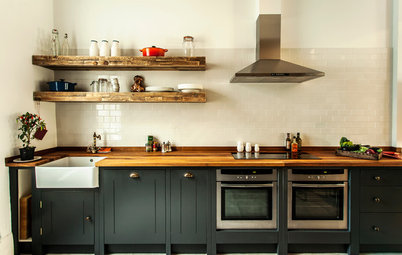
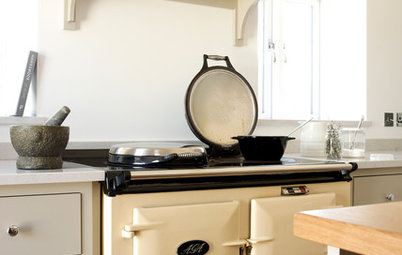
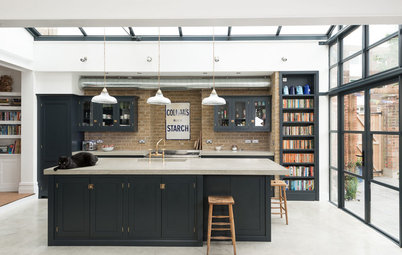
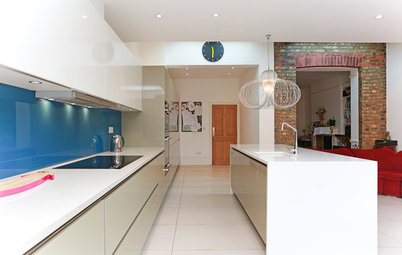
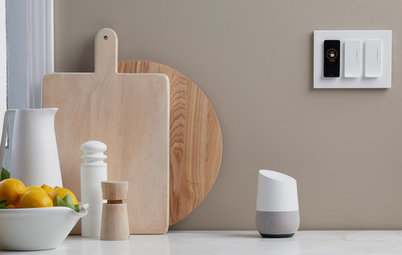
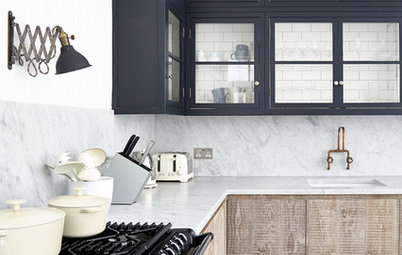
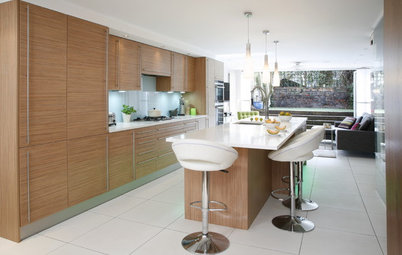
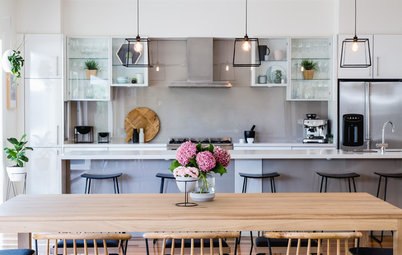
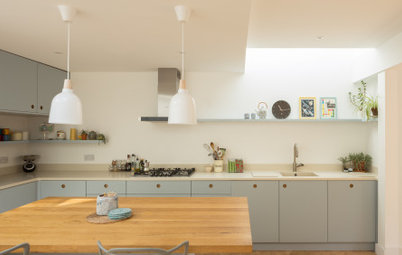
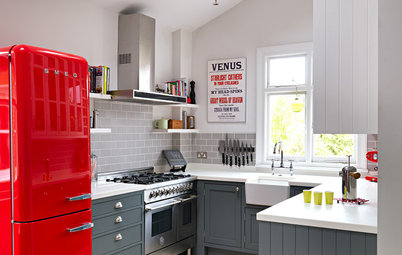
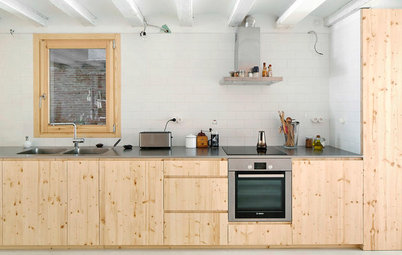
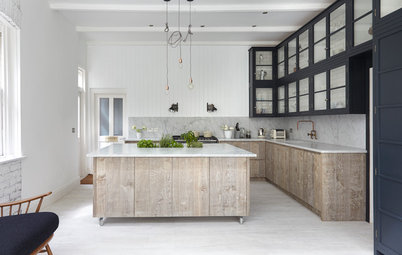
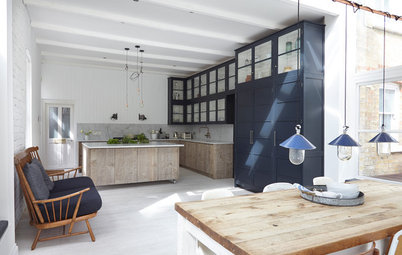
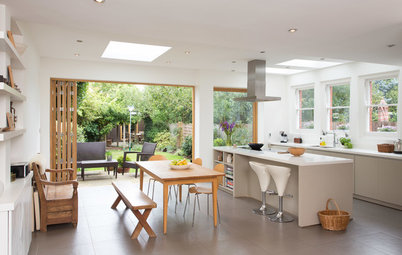
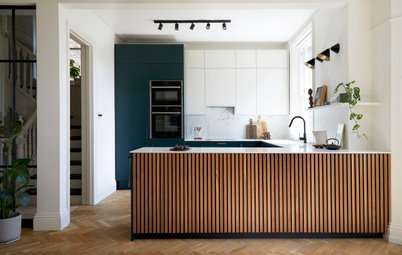

The aim of kitchen extraction is to remove grease, smoke and unpleasant cooking odours from your environment, as well as steam, depending on the extractor type you choose. Extractors vary hugely in price, costing from as little as £50 right up to £3,000 for some of the more advanced models, so decide on your priorities in order to set a budget.
‘A typical price for a functional, well-designed extractor is about £350,’ says Roberto De Marco. ‘However, more and more people are spending in excess of £800, especially if the extractor is beautifully designed, creating a visual centrepiece to be admired in its own right.’